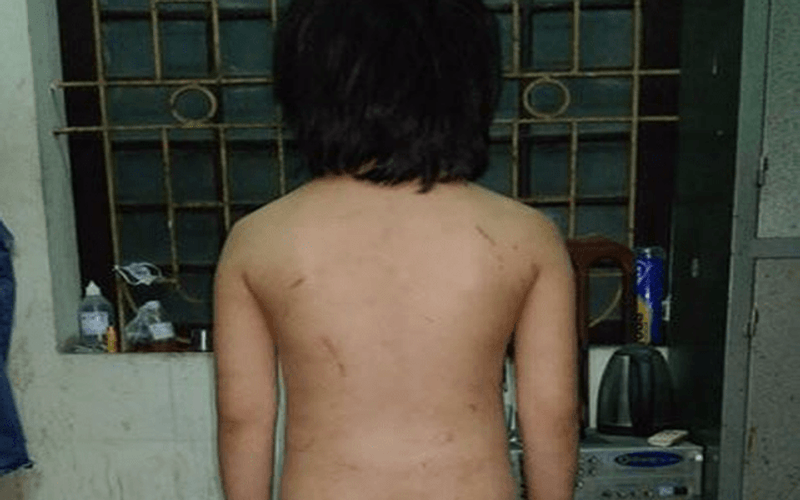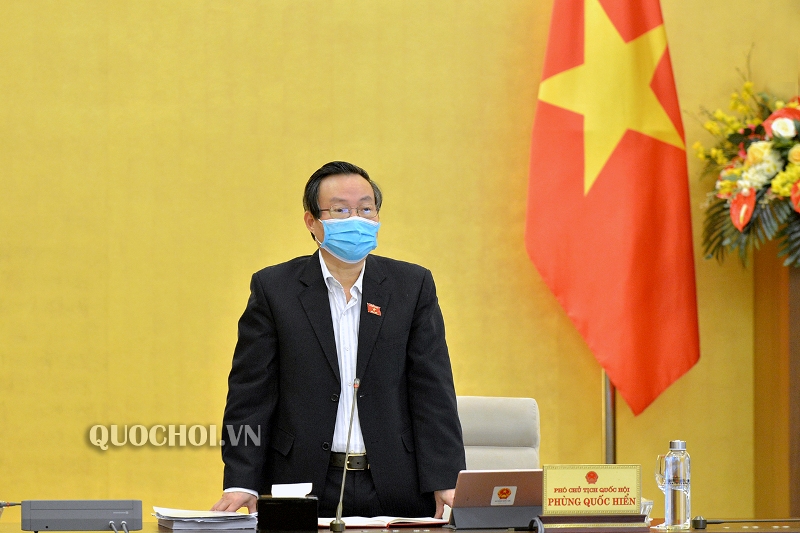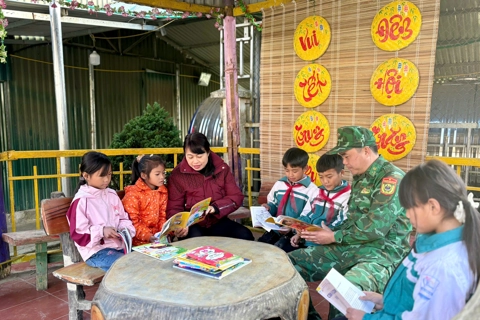Vietnam handles 8,400 child abuse cases in 2015-2019
In Vietnam, some 6,432 children were sexually abused, 857 were physically abused, 106 were victims of human trafficking, kidnapping and 1,314 children were abused by other means.
Vietnamese authorities uncovered and sanctioned 8,442 cases of child abuse between 2015 and 2019, with 8,709 children being the victims, local media cited the Vietnamese government's report read at a meeting of the Standing Committee of the National Assembly on April 27.
The report showed that in the four-year period, 6,432 children were sexually abused, 857 fell victims to physical abuse, 106 were victims of human trafficking, kidnapping and 1,314 children suffered other abuses.
Among them, sexual abuse is the most common offense, accounting for 75.4% of the total number of child abuse cases. Child abuse perpetrators are often the child’s relatives or acquaintances, making up about 90% of offenders and cases of this kind tend to increase.
The report showed that during the period, 337 children died (of them 191 were killed, 146 died as the consequence of maltreatment), 418 children became pregnant due to sexual abuse, and 193 children were left with mental disorders.
| Deputy Chairman of the National Assembly Phung Quoc Hien speaks at the meeting. Photo: Vu Minh |
The main reason for child maltreatment is the poor awareness while communication contents to sensitize adults on the matter have been impractical, according to the report. Asociological survey on nearly 9,000 people showed that 9.8% of adults have no knowledge of the Law on Children, 44.6% have heard about the law but remain uninformed about its contents, 47% of children are unaware about the age scope provided by the law.
Deputy Chairman of the National Assembly Phung Quoc Hien believed that these figures are only the tip of the ice berg, citing an uncountable number of cases that go unreported or unprosecuted due to lack of evidence.
"There are children suffering violence but their cries do not reach the ear of the local authorities who have failed to perform their responsibilities," Hien said.
Deputy Chairman of the National Assembly Do Ba Ty agreed that the local government’s responsibility need to be made clearly, because many cases have been only dectected by the media or handled based on accusations or apparent consequences.
According to members of the Standing Committee of the National Assembly, prevention should be the most important measures and should focus on the group of children at risk of abuse for intervention and support.
Child abuse remains an thorny problem in Vietnam
With no plausible solutions in sight, the growing number of media stories detailing shocking cases of children being physically, sexually, and psychologically abused by parents, caretakers, teachers and people of acquaintance continues to tug at people’s heartstrings.

| A boy lost 20kg after a year of continuous beatings at the hands of his father. Photo: Thanh Nguyen |
According to the Vietnamese Ministry of Labor, War Invalids, and Social Affairs, more than 2,000 children in Vietnam are abused every year.
It is not uncommon to hear reports of drunken fathers violently beating their sons and daughters, or parents scolding their children with rude and offensive words, hampering their psychological development. At school, children can fall victim to bullying by friends, or physical and sexual abuse by teachers or school guards.
Children who fall victim to or witness acts of physical abuse tend to grow up without a sense of mental well-being which may affect their behavior later in life.
According to the Law on Children which took effect in June 2017, Vietnam now has as many as 17 entities tasked with protecting, caring for, and supporting children, including the People’s Court and People’s Procuracy at central and local levels, the National Assembly, ministries, and various centers and organizations.
Several solutions have been proposed in the wake of a series of child maltreatment cases in late 2017, but whether or not they would work remains to be seen.











